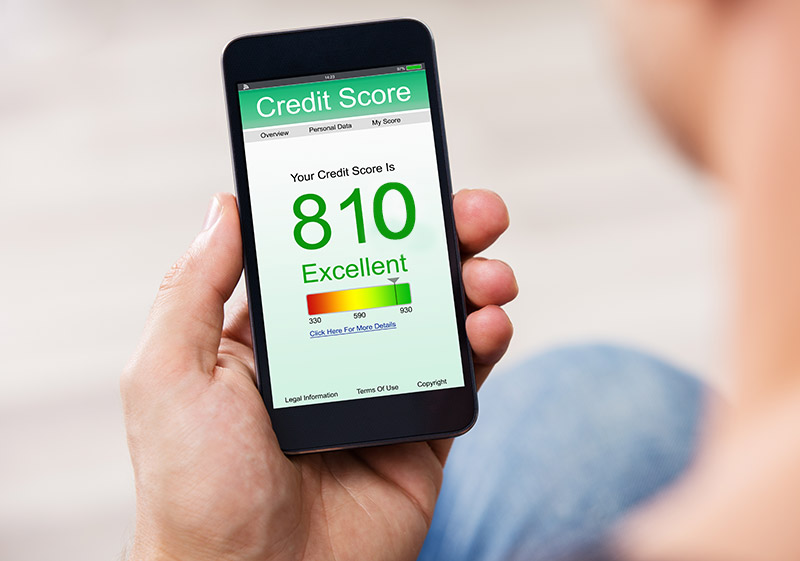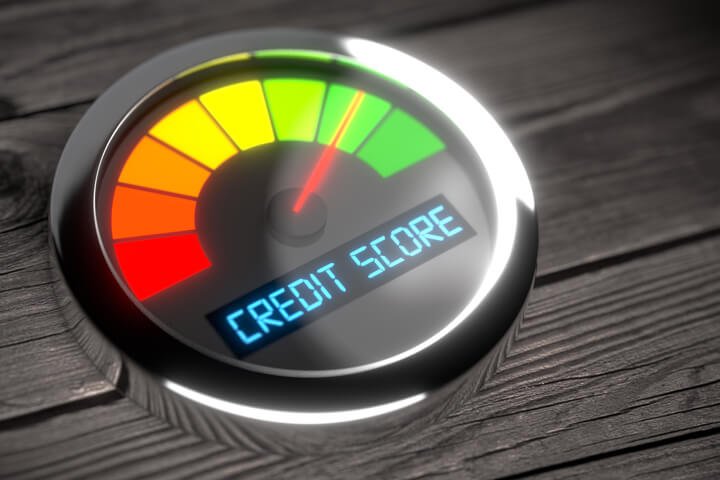
When they issue your monthly statements your credit card company may send you your revolving consumption to the credit reporting agencies. It can be difficult to maintain a low ratio of revolving credit. Schedule a payment prior to your creditor reporting your balance to the credit agencies. This will reduce your revolving usage.
Low revolving debt balances
When credit card companies print monthly statements, they report the balances to the credit agencies. If you wait until the last day of each month to pay your balance, your monthly revolving rate will be higher. This can make maintaining a low debt balance ratio difficult. But you can make a payment schedule so that your creditor does not report your balances on the credit bureaus.
Keeping your revolving debt balances low is important for maintaining a good credit score. High interest rates can lead to credit card debt. Carrying balances on these cards can result in high fees. Your best bet is to avoid these types of debt altogether. These steps can help optimize credit scores.
Revolving debt reduction
The idea of reducing your revolving borrowing is not new. Revolving credit is a type or credit card that has a monthly repayment. Not all installment loans can be counted towards revolving credit. Credit cards and home equity loans of credit can be used to increase credit utilization. The good news? It's possible to reduce your revolving balances and improve credit utilization scores by paying down those balances.

Revolving debt can be reduced by paying it off in full. This will enable you to have more money available when you are in need. But, if the balance is not paid in full, the interest can accumulate.
Account limit reduction
If your credit limit has been reduced, it is important to work with the lender in order to make up the difference. Tell the company about the situation. You may be able increase your credit limit. You can also call another creditor if they are unable to increase your credit limit. This might be a great opportunity to fix your bad credit record.
Your credit limit refers to the maximum credit that you are allowed by your financial institution. It is usually set based on your income, other debt, and credit history. It will impact your credit score as well as your ability to get future credit.
Reduce credit card balances
Revolving utilization is a credit score factor that borrowers should be aware of. This is the credit card balances that exceed the credit limit. It is better to have a low percentage of revolving use than high revolving. There are many ways to reduce your revolving utilization without negatively impacting your credit score.
Credit card balances are a common financial problem. It is essential to pay them off as soon a possible. Generally, you should aim to pay off your credit card balances each month. This can prevent you from carrying your balances over to next month. It is also helpful to spread your spending across multiple cards to avoid maxing out a single one.

Home equity line of credit: Paying it down
A home equity loan of credit (HELOC), which is a revolving line secured to a borrower's house, is a line of credit that can be used for revolving purposes. It allows borrowers to borrow as much money as they need, up to the credit line's maximum limit, and has flexible repayment terms. It can be used either to cover large, recurring costs such as home renovations or for unexpected expenses such like medical bills.
The repayment period for a home equity credit line is a series of monthly payments, including principal and interest. The amount of equity you have in your house will affect the length of your repayments. Most lenders will allow you to borrow as much as 80%. There are two options: a fixed and variable interest rate.